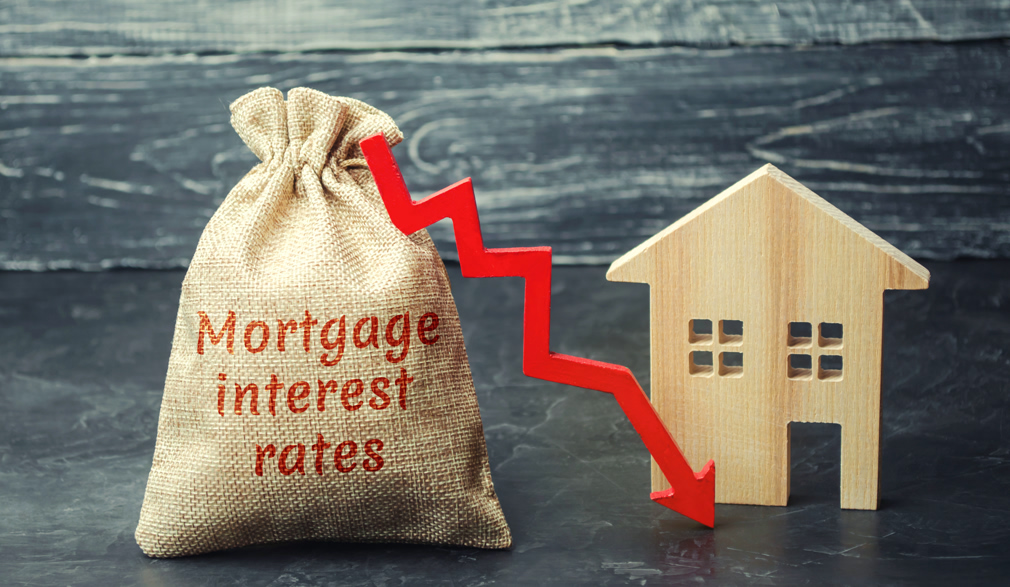The year that’s winding down will be remembered, in the real estate world, for its mortgage rates that persistently and unexpectedly declined.
While rates aren’t going to plunge another percentage point – November’s average rate for a 30-year fixed mortgage was 3.7%, compared with 4.87% in the year-ago month, according to Freddie Mac data – they’re going to set some new lows, Fannie Mae said in a forecast.
The average fixed rate probably will be 3.6% in 2020, which would be the lowest annual average ever recorded in Freddie Mac records going back to 1973. It compares with 3.9% in 2019 and 4.5% in 2018, according to Fannie Mae. The current record was set in 2016 when the annual average fell to 3.65%.
Mortgage rates are set, ultimately, by bond investors who keep a steely eye on inflation as a gauge of the yields they are willing to take. Rising inflation eats into their returns and leads to higher mortgage rates. In a low-inflation environment, like today, they can still make money while taking low yields, which translates into low rates for borrowers.
For shock therapy, consider the annual average in 1981: 16.63%. That’s not the highest mortgage rates ever booked. Looking at weekly averages, the rate hit 18.6% in mid-1980 as the economy struggled with stubborn inflation.
The man who broke the back of inflation and made sub-4% mortgage rates possible, former Federal Reserve Chairman Paul Volcker, died Dec. 8 at the age of 92.
When he was appointed by President Jimmy Carter in 1979, he inherited an inflation cycle sparked when the Fed succumbed to the strongarming of President Richard Nixon and opened the money spigot at the wrong time.
We saw the ghost of Nixon reemerge this year as President Donald Trump tried to strongarm current Fed Chairman Jerome Powell to cut rates below zero. It could have provided a temporary goose to the economy and boosted the president’s re-election bid.
Despite presidential name-calling – Trump called Powell and other central bankers “boneheads,” “losers,” “naïve” and an “enemy” of the U.S. with “No ‘guts,’ no sense, no vision!” – the Fed refused to give up its independence. The world’s most powerful central bank delivered three small cuts in 2019, ending the year at 1.75%.
On Thursday, Sweden – the first country to experiment with below-zero rates after the 2008 financial crisis – reversed course and raised its rate to zero. Other countries that have experimented with below-zero rates, like Germany, haven’t seen it translate into an economic boost. Germany’s economy in 2020 is expected to grow at about half the 2.1% rate projected for the U.S., according to an International Monetary Fund forecast.
Fed meeting minutes released Nov. 22 showed members unanimously opposed to caving to Trump’s demand for negative rates. During the press conference following the Fed’s Dec. 11 meeting, Powell cited Volcker’s example of independence as the Fed’s inspiration.
“With courage, integrity, and tenacity, he always pursued the policies that he believed ultimately would benefit all Americans,” Powell said. “My colleagues and I continue to draw inspiration from his example.”






